The Thai Ridgeback has outstanding jumping abilities and is hardy and active. He is a devoted family dog who is also quite intelligent and has a strong sense of survival.
The medium-sized, muscular Thai Ridgeback has a streamlined build that makes him extremely agile and a natural athlete. Hair grows in the opposite way from the rest of his coat to produce the ridge on his back, and this breed can have up to 8 different ridge patterns. Puppy births without this ridge are possible. Solid shades of blue, black, red, or fawn are available for coats, with the red-coated dogs occasionally sporting a black mask. The tongues of Thai Ridgebacks are also speckled, and some even have pure black or blue coloration.
The majority of Ridgebacks are companion dogs now, but they still have many of the same instincts for hunting and defending for which they were created. Because they had to rely on themselves, be self-sufficient, and hunt for their own food, they developed strong survival instincts, a strong prey drive, and a high IQ. The Thai Ridgeback can make a devoted pet if it is well-bred and socialized. Being a guarding breed, they are innately wary of strangers and naturally protective of their home. Thai Ridgebacks are not recommended for novice dog owners; they require a patient, consistent, and experienced owner with a solid understanding of dog behavior.

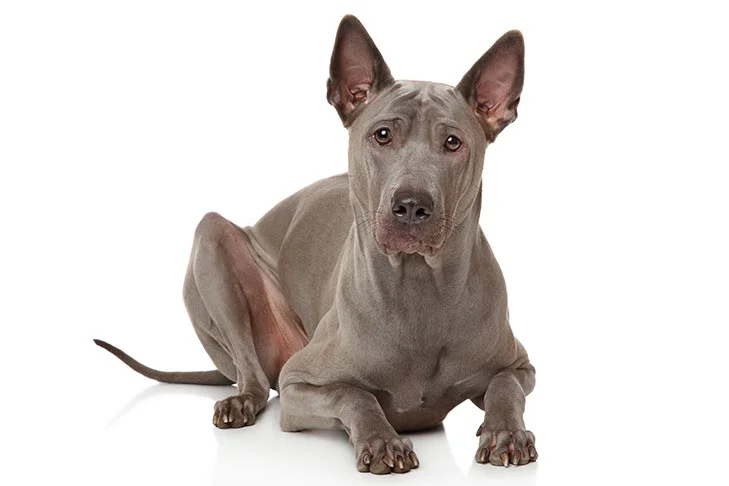
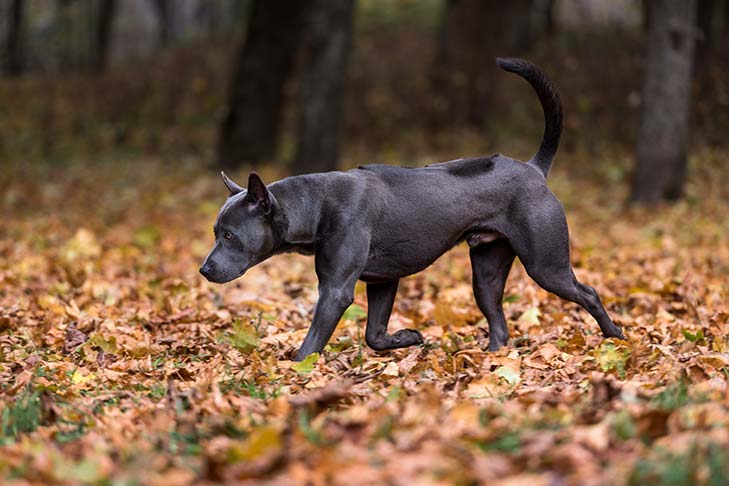
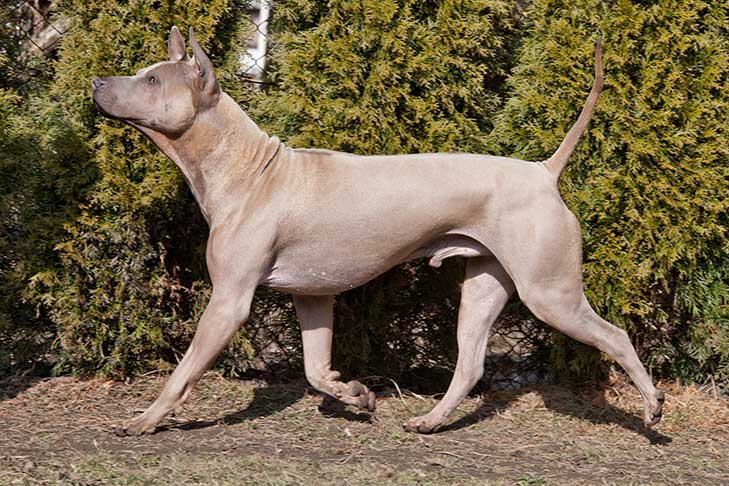
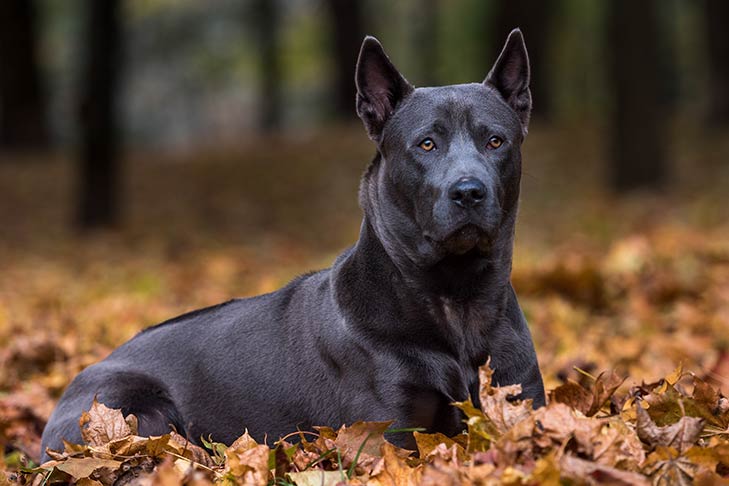
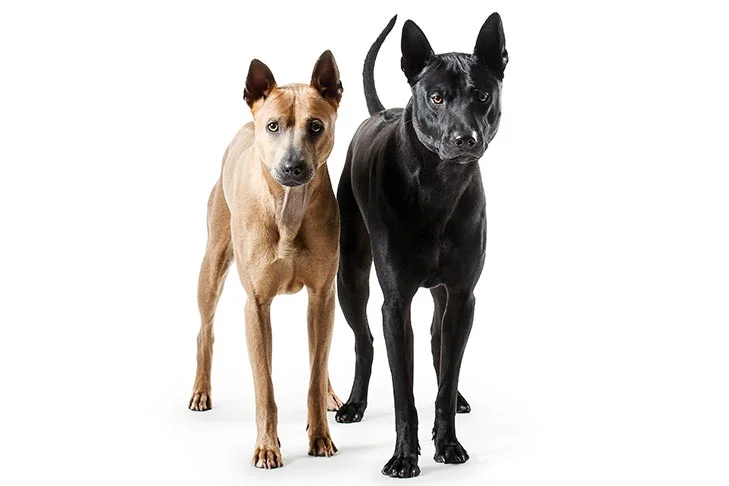



 Health
Health Grooming
Grooming Exercise
Exercise Training
Training Nutrition
Nutrition